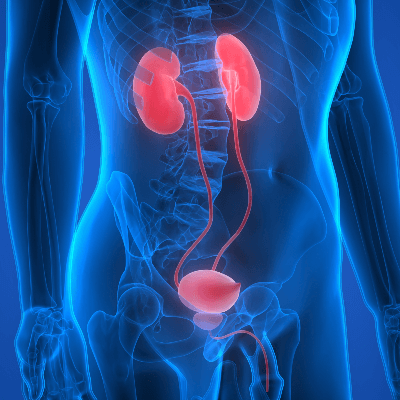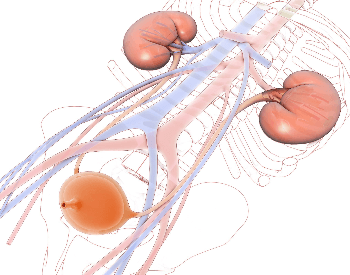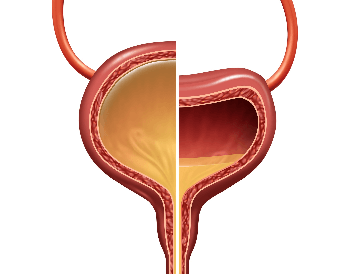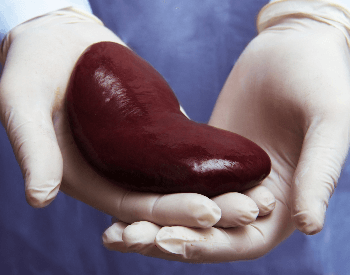
- System: Urinary
- System Name: The Urinary System
- Purpose: Elimate waste from the human body
- Location: Between the middle and lower section
- Organs: Bladder, kidneys, ureters and the urethra
- TA ID: A08.0.00.0000
- FMA ID: 7159
24 Urinary System Facts for Kids
- The urinary system is a biological system that helps remove waste from the human body.
- The urinary system is also referred to as the renal system or the urinary tract.
- The urinary system not only eliminates waste, it helps regulate the pH of blood, blood pressure, blood volume and controls the levels of electrolytes and metabolites in the body.
- The urinary system is influenced by the circulatory system, endocrine system and nervous system.
- The urinary system consists of six organs.
- The six organs that make up the urinary system are two kidneys, two ureters, the bladder and the urethra.
- The two kidneys filter blood by removing the waste and other undesired substances and materials.
- The two ureters transfer waste (urine) from the two kidneys to the bladder, each kidney is connected to one ureter.
- The bladder stores urine from the kidneys until it’s disposed.
- The urethra is a tube connected to the bladder that is used to remove urine (peeing) when the bladder gets full.
- The average male adult human has a urethra that is between 7.1 and 7.9 inches long.
- The average female adult human has a urethra that is 1.5 inches long.
- The average adult human produces around 1.4 liters of urine each day.
- The average pH of urine in an adult human is 6.2 but can range between 5.5 and 7 pH.
- The composition of urine is between 91 and 96% with the rest making up inorganic salts and organic compounds.
- Urine can vary in color, but clear to pale yellow is considered normal and healthy.
- Urine with a very dark yellow color is an indication that you might be dehydrated.
- Urine can vary in smell; it can produce no odor at all or release a fish-like odor.
- The smell and color of urine can also be influenced foods, like asparagus.
- A urinary tract infection (UTI) is a condition where somewhere in the urinary tract there is an infection.
- A urinary tract infection in the lower urinary tract is called a bladder infection (cystitis).
- A urinary tract infection in the upper urinary tract is called a kidney infection (pyelonephritis).
- Women are more likely than men to get a urinary tract infection.
- According to a study by the U.S. National Institute of Health, around 150 million people every year are affected by a urinary tract infection across the globe.
Pictures of the Urinary System

An illustration showing the entire human urinary system.Credit: Ghetty Images

A picture showing a full bladder and a half full bladder.Credit: Ghetty Images

A picture of a real human kidneym, part of the urinary system.Credit: Ghetty Images
Additional Resources on the Urinary System
- How the Urinary System Works – Discover how the urinary system works on the Kidney & Urology Foundation of America website.
- Urinary System – Britannica Kids – Learn more about your urinary system on the Britannica website.
- Urinary System – Wikipedia – Explore the Wikipedia website to learn more about theurinary system.
